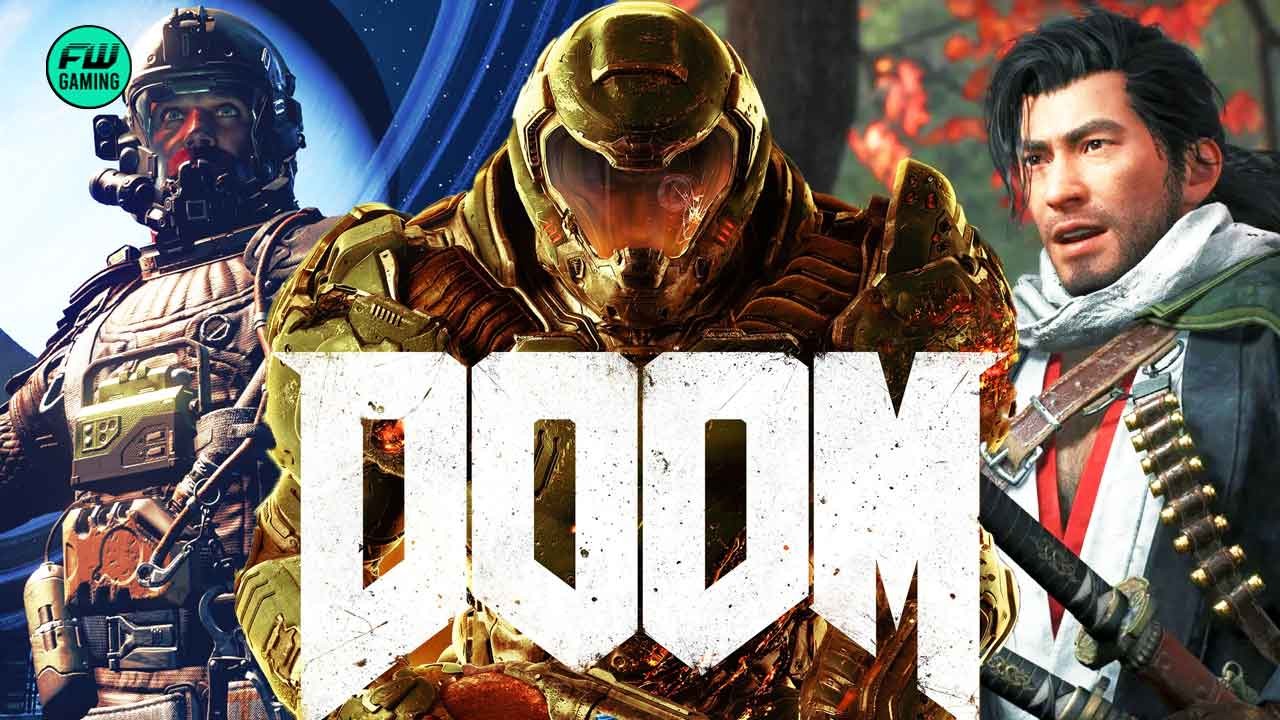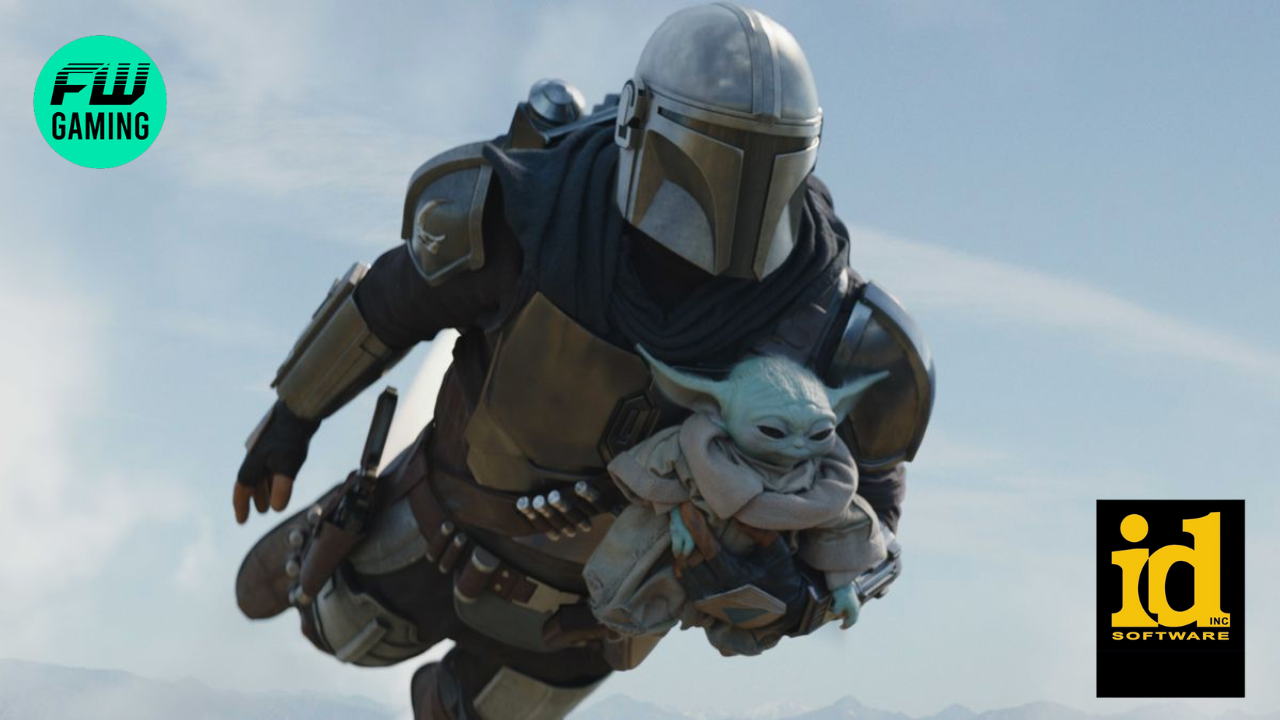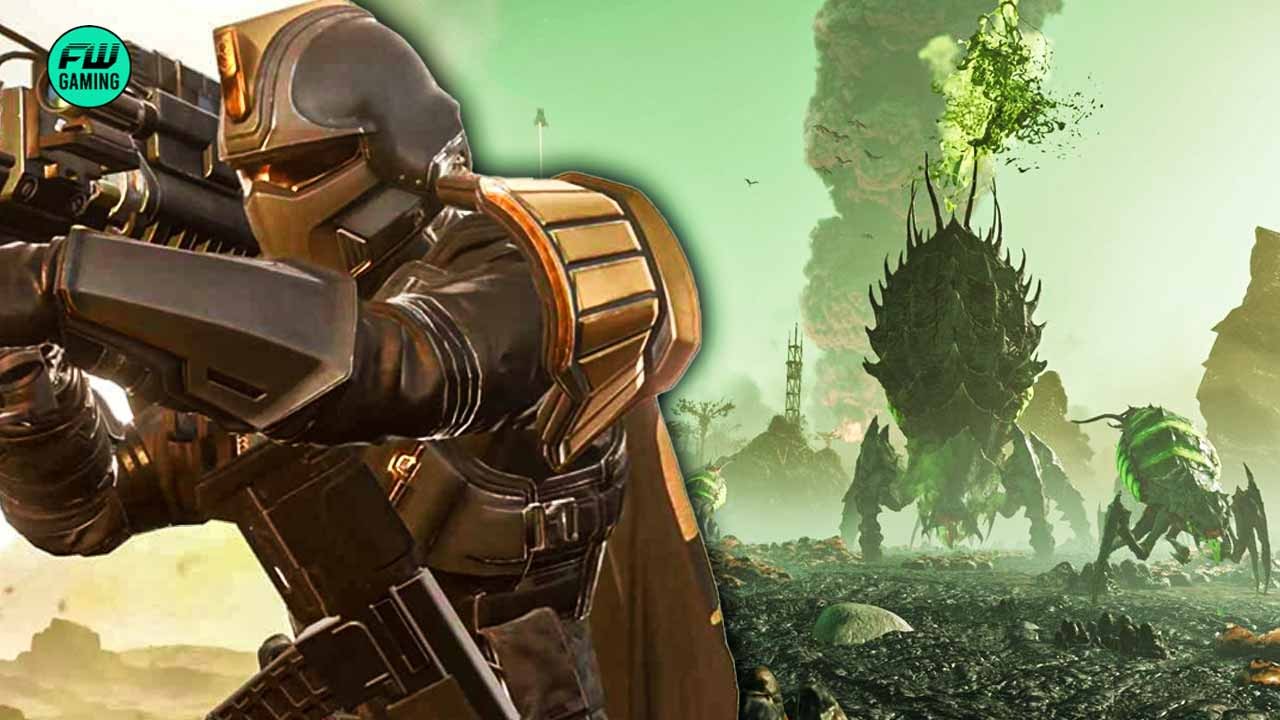Fresh off the success of Commander Keen, John Romero and John Carmack pushed their experience and aspirations into Wolfenstein 3D. id Software would then go on to see yet another classic hit by Romero and Carmack, revolutionizing the industry and marking the First Person Shooter, or FPS genre a staple of the 90s and a guaranteed hit-maker. Furthering their reputation, “Father of the FPS genre”- the release of DOOM in 1993- was what sealed the deal.
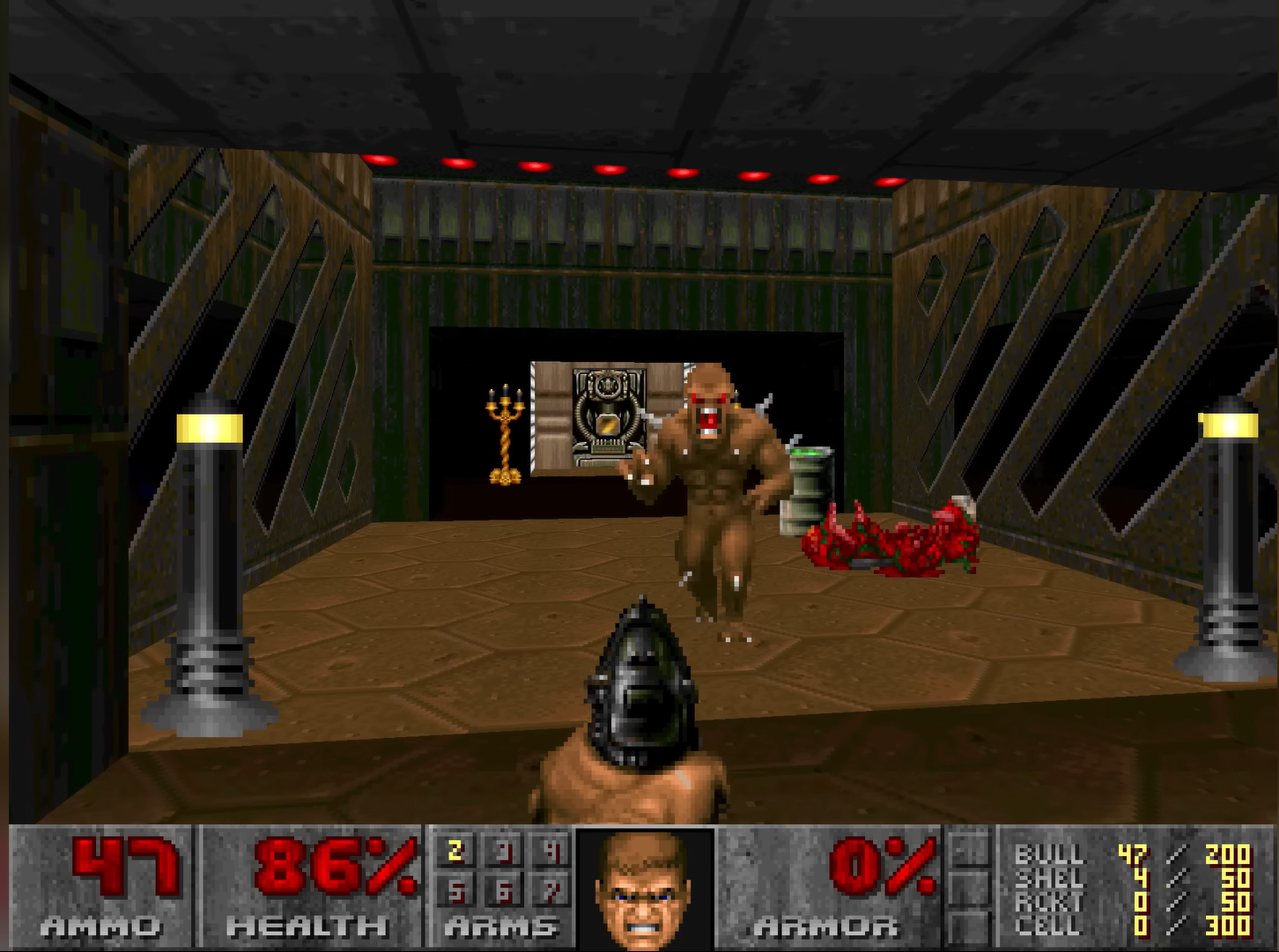
Pushing the technological limits, Carmack and Romero created an original IP in DOOM based off Wolfenstein 3D‘s design. Creating a 3D illusion using 2D level data meant that the game was limited to very basic level structure and design, and this is precisely what the team set out to do with DOOM.
It’s sad to see that over time, despite technology advancing by leaps and bounds, certain games fall prey to a limitation they set upon themselves. While the strongest argument for this is that everything is a cashgrab, the “release now, fix later” mantra is damaging the industry a little much. However, during Doom’s inception, even the sky wasn’t the limit for John Romero.
The tech may have been limited, but not their aspirations for DOOM
In an interview with GamesBeat, John Romero revealed how DOOM came to be. Stating that things were only getting better in their work, Wolfenstein 3D was a huge pivot for the team. Realizing that this is where the goldmine’s at, Romero said-
“‘This is where everything is.’ Doing two more games, Wolf and Spear of Destiny, and then by the time it was time to make Doom, we knew what it was going to be. We knew it would be the best game. It was almost like we just knew it was going to happen.”
However, it wasn’t just about implementing what worked best from a previous title. Romero also said that working with a genius like John Carmack meant that they knew they were not limited by the technology of the time. Moreover, they were not bound to any timeline, meaning they were free to experiment and build further to deliver a game that could stand the test of time, and more importantly, something they’d love to see and play.

John Romero went on to say how crazy it was to try and put multiplayer into DOOM months before shipping it, while praising John Carmack.
“Hey, we forgot to do multiplayer. No one in game dev today would believe that you could fit multiplayer in a game within two months of shipping and have everything balanced. It was great. Nothing is crazy for Carmack. Greatest programmer the game industry has ever seen.”
Romero also revealed how cohesive the small team was. Everyone had their own task, but they bounced off of each other’s ideas and helped everyone improve along the way.
“But that’s thanks to John’s [Carmack] engine. It let me manipulate sectors and do those things. It’s in the book. But it was me being able to work with John and his engine really well, and with the design team. The team was really small. It was five of us up until Tom left. Then we got two more people to make it six.”
Feeding multiplayer into a game months before shipping seems like such a heinous crime in today’s gaming world. With so many titles falling victim to truncated deadlines and huge teams stuck to their particular tasks, it’s no wonder why they lack the charm and execution as they once did.
A lesson in bold writing for the industry
Naturally, over the course of time, money is a large factor for the industry. Millions are poured into AAA titles, and yet are squandered for the quickest cashgrab opportunity. Games like Rise of the Ronin and Starfield are now infamous for trying to be ambitious, but cut down in their prime owing to limitations placed on themselves. Both these games, unlike DOOM, are not limited by technology of their time. If anything, they have the power to push everything to its limit.
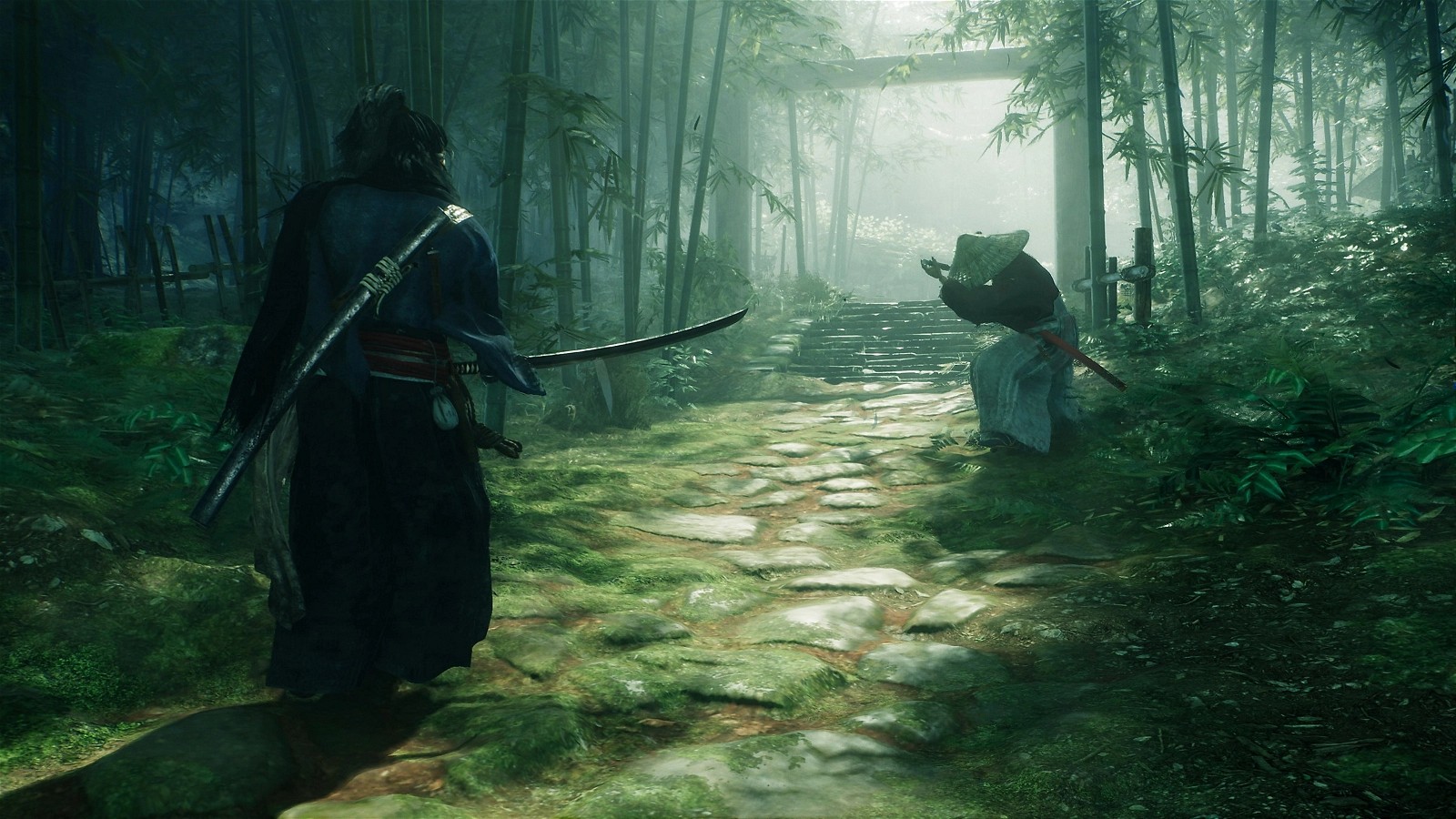
To Rise of the Ronin‘s shame, games like The Last of Us Part 2 and Ghost of Tsushima, which were released near the end of the PlayStation 4 lifecycle, showed that you can still deliver the best on an aging machine. Despite Team Ninja’s experience with titles like Nioh and Ninja Gaiden, their latest title was given the short end of the stick. Things didn’t turn out quite well in Bethesda’s favor either in their latest outing- Starfield.
For players to complain about loading screens in this day and age, you know Bethesda really dug their own grave. Not just that, dismal enemy and NPC AI, lifeless and bleak open worlds. And even the most important aspect of a Bethesda game took a hit- the story itself. Labeled bland and boring by many players, the side quests were a rinse-and-repeat formula as well.
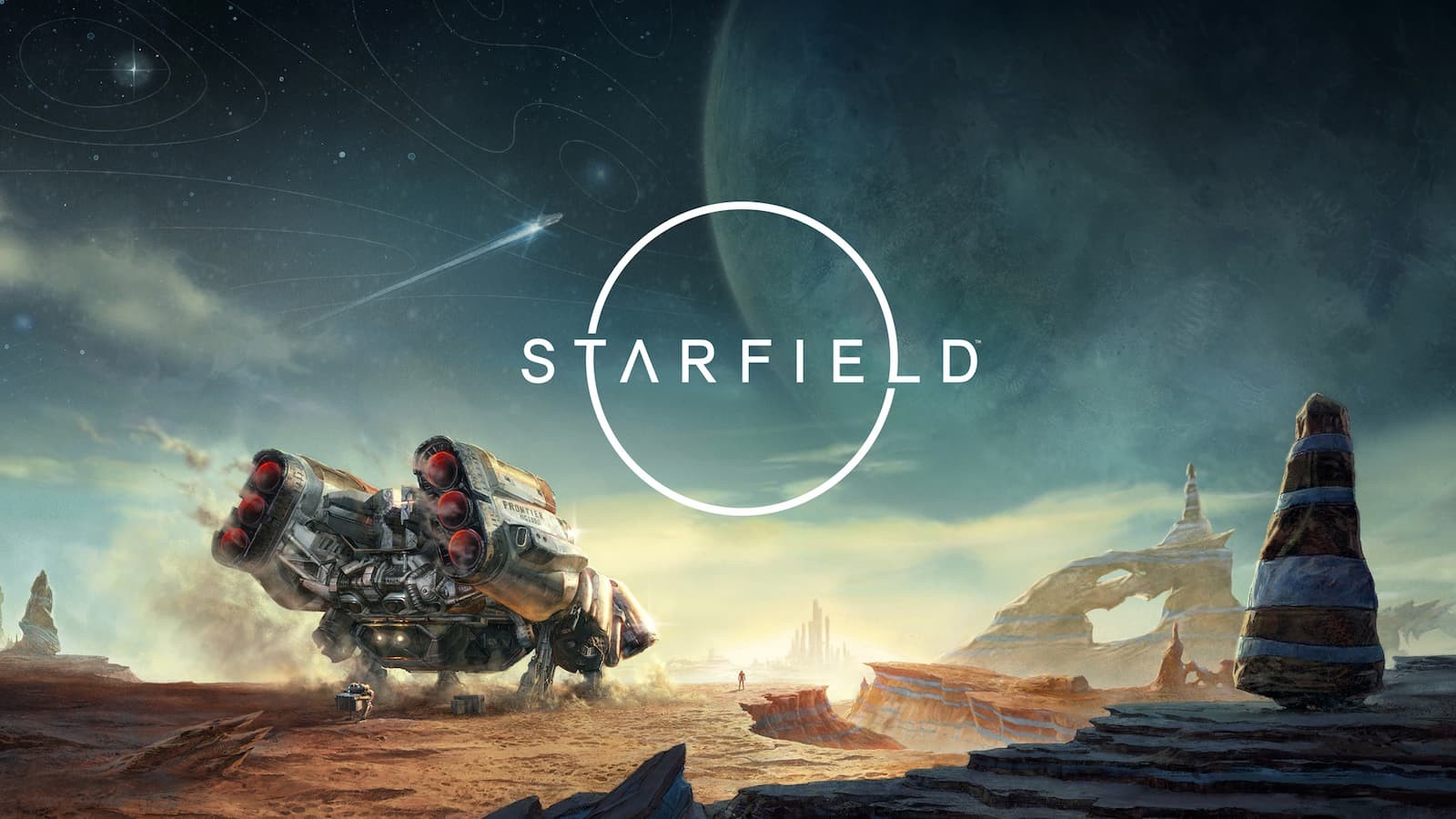
It seems like a rare commodity to get a finished and polished game right at launch. But the DOOM franchise has always delivered in this regard, and id Software can continue to be an industry beacon with hits like DOOM (2016) and DOOM Eternal proving that experimenting can be done right with the right team, experience, and mostly… time. And perhaps wanting to have fun for themselves.

